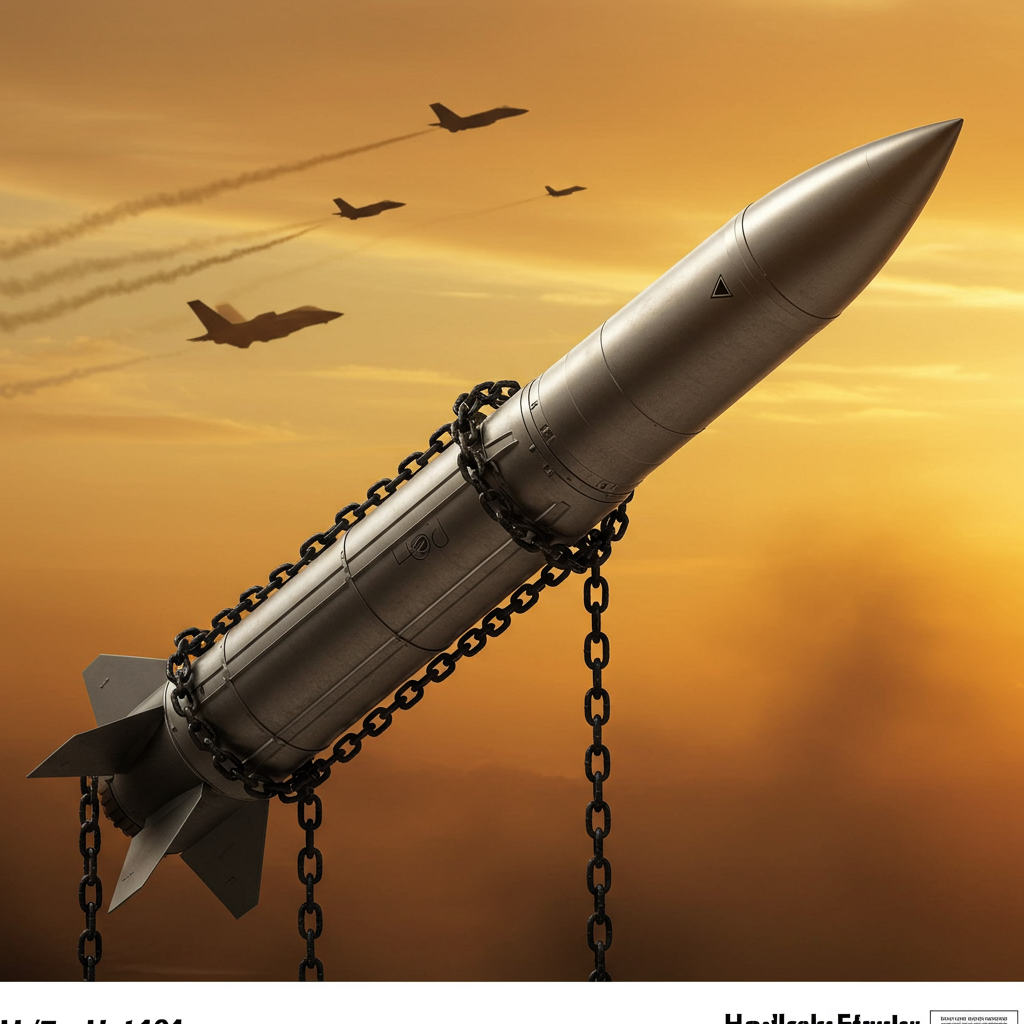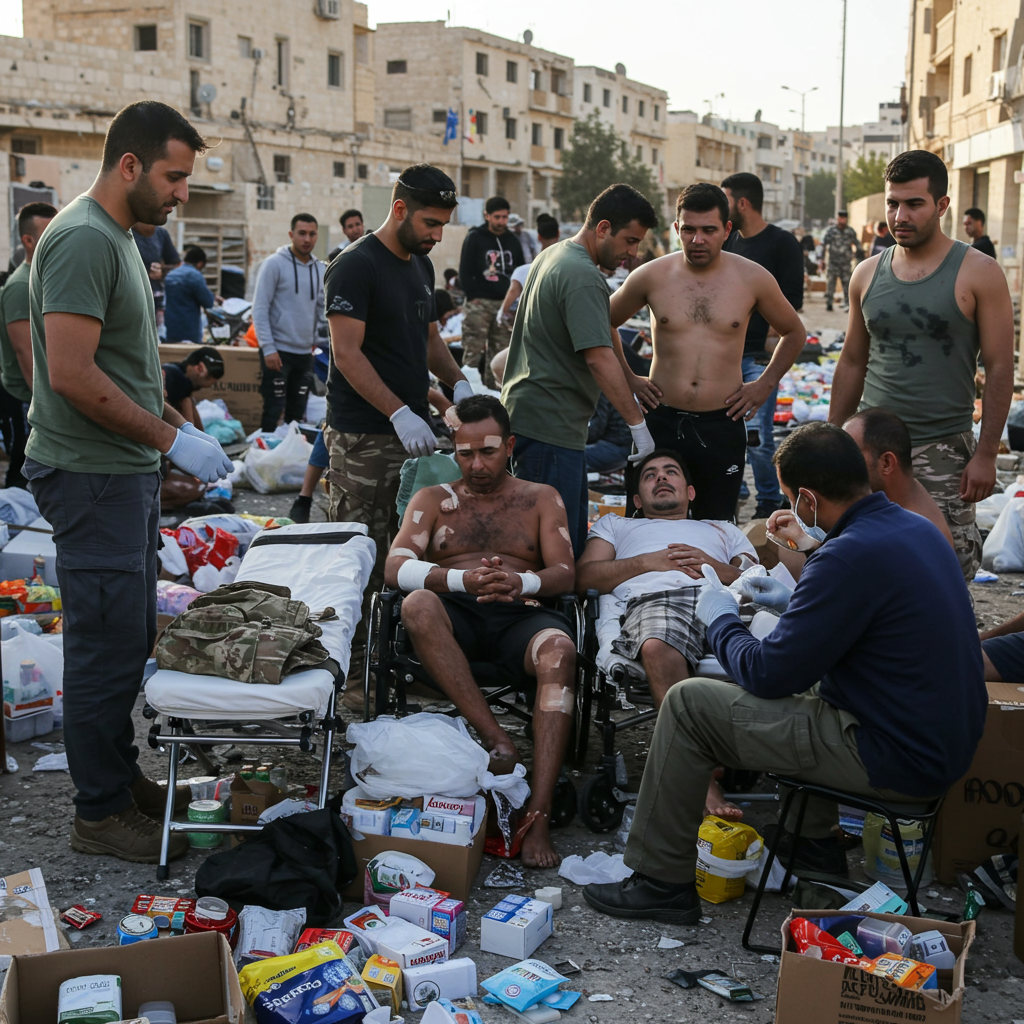Amidst dramatically escalating tensions in the Middle East, highlighted by recent direct US strikes on Iranian nuclear facilities and stark warnings of war, a crucial question remains: why has Iran’s formidable advanced missile arsenal remained largely untapped? Despite being engaged in exchanges of fire with adversaries and facing unprecedented attacks, Tehran appears to be strategically holding back the bulk of its most sophisticated long-range capabilities.
Reports indicate the United States recently carried out strikes on key Iranian nuclear sites, including facilities at Fordow, Natanz, and Esfahan. Following these actions, Iran’s Islamic Revolutionary Guard Corps (IRGC) issued an immediate and defiant response, declaring, “War starts right now.” This follows a period of intensifying conflict between Iran and Israel, marked by significant Israeli operations targeting Iranian military and nuclear infrastructure.
Despite this volatile backdrop and its vocal readiness to retaliate, Iran has notably refrained from deploying the majority of its high-order strategic missile assets. Military observers suggest this isn’t a sign of weakness or depletion, a claim directly refuted by senior IRGC officials who assert reserves are plentiful and advanced systems are deliberately kept in reserve. Instead, this restraint is viewed as a calculated strategic choice.
Iran’s Diverse and Advanced Missile Capabilities
Iran possesses one of the region’s most extensive and sophisticated missile inventories, encompassing systems designed for various ranges and roles. These include:
Cruise Missiles: Known for their high speed, low altitude, and manoeuvrability, making them difficult for air defences to intercept. They pose a significant threat to vital infrastructure and military targets deep within enemy territory.
Khorramshahr-Khyber: A long-range ballistic missile with a range up to 2,000 kilometres, designed for striking strategic targets without requiring complex launch sites.
Fattah 2: Claimed by Iran to be an advanced hypersonic missile capable of reaching high speeds and potentially bypassing modern air defence systems, with a reported range up to 1,400 kilometres. While its full capabilities are debated by Western analysts, its existence is a factor in regional deterrence calculations.
Qaseem: A high-accuracy, solid-fuelled missile allowing for rapid launches with minimal preparation, enhancing readiness for swift strikes.
Zolfaqar Naval: A maritime-focused missile with a range of 700-1,000 km, capable of targeting both military vessels and commercial shipping, serving as a potential asset for naval deterrence or disruption.
Soumar: Designed for long-range engagements (up to 2,500 km), the Soumar can fly at very low altitudes, increasing its penetration capability against air defences.
- Ra’ad: Described as a lightweight, quickly deployable tactical missile suitable for rapid, surprise attacks.
- Deterrence: Deploying the full advanced arsenal could trigger a far wider and more destructive regional conflict, potentially escalating into a full-scale war involving the United States. Holding them back serves as a powerful deterrent, signalling that Iran possesses the capability for devastating retaliation if pushed too far.
- Avoiding All-Out War: While exchanges have occurred, Tehran appears to be carefully managing the conflict’s intensity to avoid a devastating war that could cripple the regime. Using its most advanced missiles might cross a threshold that prompts a much more severe, potentially existential response from the US or Israel.
- Political and Military Leverage: The untapped arsenal acts as a powerful “pressure card.” Tehran may be reserving these capabilities to be used at a critical juncture – either to strike high-value, sensitive targets as a last resort or to strengthen its negotiating position in any potential de-escalation talks.
- Maintaining Future Options: Keeping advanced systems unused preserves them for future contingencies and prevents their location and operational patterns from being fully exposed to adversaries, potentially allowing for greater surprise if they are eventually deployed.
- www.euronews.com
- www.euronews.com
- www.euronews.com
- caliber.az
- www.euronews.com
Strategic Restraint as a Calculated Play
Analysts believe Iran’s decision to keep these potent weapons in reserve is rooted in several key strategic considerations:
The Houthi Dimension: A Linked Escalation
Adding another layer of complexity to the volatile situation, Yemen’s Houthi group, part of Iran’s “axis of resistance,” has issued a direct threat. The Houthis announced their readiness to target US ships in the Red Sea if American forces participate in any attack against Iran. This threat comes despite a previously reported understanding between the Houthis and the US aimed at reducing Red Sea hostilities targeting commercial shipping.
The Houthi statement, following recent US sanctions against the group and amidst speculation of strikes on Iran’s nuclear program (which have now reportedly occurred), links their potential actions directly to US moves against Tehran. They view any attack on Iran as part of a broader plan against regional resistance and are signaling their willingness to engage US assets in response, underscoring the interconnected nature of conflicts across the Middle East and the high stakes in the strategically vital Red Sea.
In conclusion, while the Middle East grapples with escalating conflict and direct strikes on Iranian facilities, Iran’s decision to keep its most advanced missile capabilities sidelined appears to be a deliberate strategic choice. This untapped arsenal represents a significant reserve of power, serving as both a deterrent and a potential escalatory tool, indicating that the region’s current crisis may not have reached its peak intensity in terms of weapon deployment.



